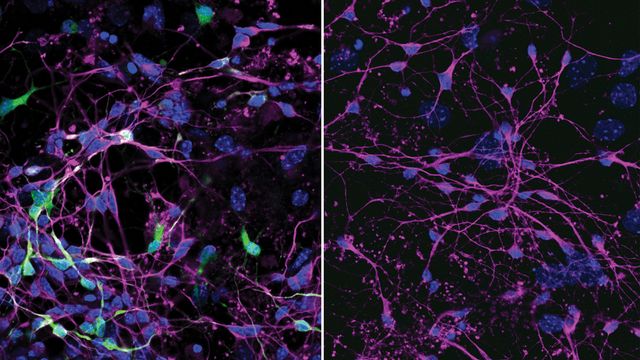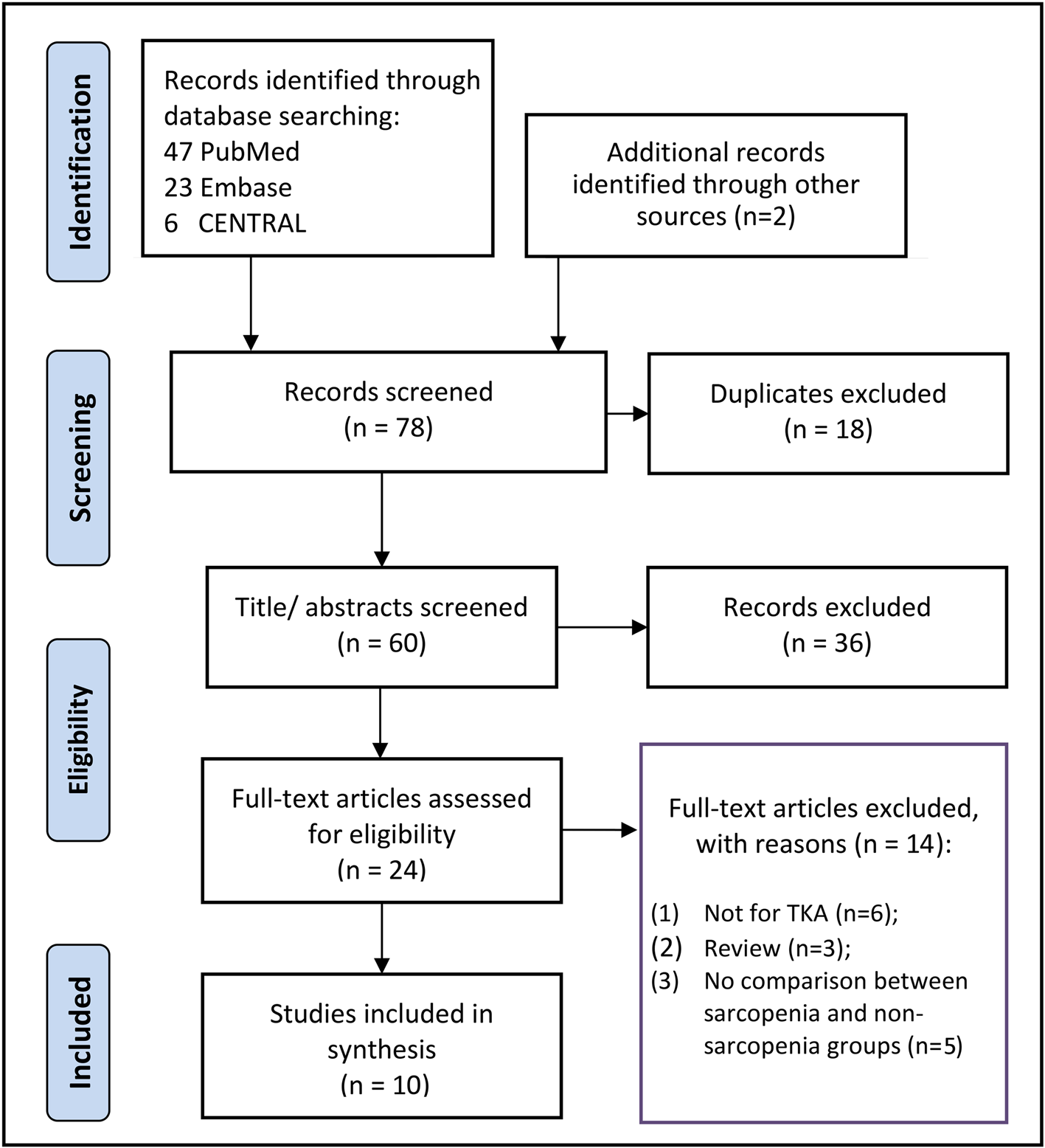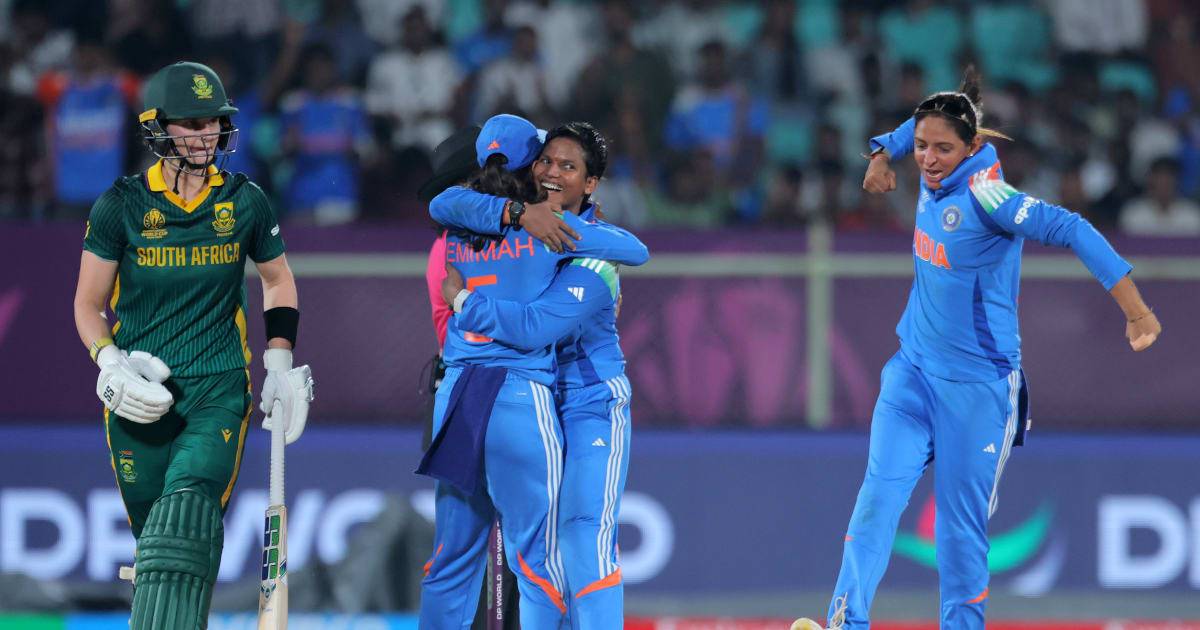On Donald Trump’s whirlwind tour of Asia – which involved stops in Malaysia, Japan and Korea – the US president triumphantly collected new trade deals from countries hoping for a reduction in the tariffs he slapped on them earlier this…
Author: admin
-

ASUS Republic of Gamers Announces ROG GR70 Gaming Mini PC | ASUS Pressroom
First ROG gaming mini PC powered by AMD Ryzen 9 CPU, featuring NVIDIA GeForce RTX 5070 or 5060 Laptop GPU, WiFi 7 and up to 96GB dual-channel memory
- First ROG gaming mini PC powered by the AMD Ryzen™ Series 9 CPU with advanced 3D…
Continue Reading
-

boxed smartphone imports in Pakistan — choice vs protection
Sealed Pixels, Nothing and gaming flagships arrive fast but buyers face PTA costs and shaky warranties
A growing number of Pakistani buyers are sourcing smartphones outside official local launches. Sealed Google Pixels, Nothing phones, OnePlus flagships, ROG and Redmagic gaming devices, and boxed iPhones are being sold through parallel imports and specialist resellers. The result: faster access to niche models but greater exposure to regulatory, warranty and repair uncertainties.
Many of these units arrive factory sealed. Sellers typically offer shop-backed warranties and PTA registration services, but levels of formal support differ by brand and batch.
Sources: Pakistan Telecommunication Authority (DIRBS FAQ, IMEI registration rules); Federal Board of Revenue mobile device duty schedules; market pricing from Yellostone Pakistan, Cube Online, PhoneDroid, OLX listings, Hafeez Centre (Lahore)
How the grey-imports economy affects buyers
The grey-imports market lets buyers get desired models quickly, often before official launches, but that convenience carries clear costs. Sticker prices frequently rise once PTA registration, brokerage and customs duties are added, so the final out-the-door price can be much higher than advertised. Warranties on these units are usually shop promises rather than manufacturer guarantees, which limits recourse for hardware or software faults.
Repairs often take longer because spare parts for region-specific variants are not stocked locally and must be imported. Some models also require firmware conversions or region adjustments that can block over-the-air updates or certain network features. Buyers may get novelty and early access, but they also accept higher hidden costs, longer downtime and greater uncertainty about long term support.
The PTA tax gap: why sealed Pixel/OnePlus prices vary wildly
Listings for boxed imports commonly separate non-PTA stock from PTA-approved batches. Non-PTA sticker prices can be low, but buyers often pay extra for DIRBS/PTA IMEI registration, customs duty and seller brokerage. Retailers frequently position PTA approval as an optional, paid add-on or advertise limited PTA-cleared stock at higher margins. The net effect is an opaque spread between advertised and out-the-door prices; for some flagships the difference runs into tens of thousands of rupees.
Where buyers go when repairs are needed (and why this is risky)
Most parallel imports lack manufacturer service centres in Pakistan. Repairs therefore rely on independent technicians or the selling shop. Region-specific variants — some Pixels and gaming models — often require parts ordered per case, extending turnaround and increasing costs. Seller warranties exist, but they are contractual promises from retailers, not manufacturer guarantees; enforcement and spare parts availability vary by location and vendor.
How shops market ‘global variants’ and ‘PTA approved’ as premium add-ons
Retailers use descriptors such as “global ROM,” “US box,” “factory unlocked” and “PTA ready” to segment stock and justify price tiers. Influencer reviews and overseas unboxings amplify demand for these variants; sellers monetise that demand with upsells: IMEI verification, PTA paperwork handling and extended shop warranties. These measures smooth purchase friction but do not replace manufacturer-level after-sales support.
Where iPhone fits in
iPhones circulate in both channels: PTA-approved boxed units sold via reseller networks, and cheaper grey imports offered on classifieds and in bazaars. Global warranty coverage is limited without an Apple authorised service presence in Pakistan; buyers instead rely on reseller warranties or third-party repair networks. Reports of an Apple authorised reseller arrangement persist; if confirmed, that could reduce ambiguity around warranty and servicing.
A concrete example: Nothing’s partial formalisation
The market is shifting in places. While speaking to The Express Tribune a Yellostone representative, confirmed that Yellostone is the official distributor for selected Nothing Phone models in Pakistan and provides local warranty support for those units. That formal channel applies only to specified models; other Nothing variants and many competing brands remain available mainly via parallel importers.
A practical middle path
Buyers who want niche, early or imported models should:
-
Verify IMEI on the PTA DIRBS portal before purchase.
-
Get a written seller or distributor warranty that specifies duration and covered faults.
-
Confirm parts availability and typical repair turnaround with the seller.
-
Compare PTA-inclusive final price — not just the sticker price.
-
Prefer units sold via known distributors (for example, Yellostone for selected Nothing models) if warranty and parts are priorities.
Boxed imports now form a structural feature of Pakistan’s smartphone market. They supply choice and early access but shift responsibility for post-purchase protection onto buyers. Whether this parallel channel contracts or becomes permanent will depend on clearer regulatory communication from PTA, expanded manufacturer distribution and stronger enforcement of consumer protection standards.c
Continue Reading
-
-

UCI Decision: provisional suspension of Oier Lazkano Lopez based on ABP findings
The ABP is an individual electronic profile that tracks selected biological variables over time, allowing for the indirect detection of potential doping practices. The ABP is managed by the ITA on behalf of the…
Continue Reading
-

Viral Entry Blocked by Decoys in Research Breakthrough
Researchers at Washington University School of Medicine in St. Louis have identified central routes that two deadly viruses take to invade human cells and have designed decoy molecules that block the infections.
The discoveries —…
Continue Reading
-

Reports of mass killings in el-Fasher in Darfur have echoes of country’s dark past
Barbara Plett Usher Africa correspondent
 AFP via Getty Images
AFP via Getty ImagesThose who have managed to flee el-Fasher come with stories of extreme violence and killings Emerging evidence of systematic killings in the Sudanese city of el-Fasher have prompted human…
Continue Reading
-

Impact of sarcopenia on clinical outcomes of older adults undergoing total knee arthroplasty for osteoarthritis: a systematic review and meta-analysis | BMC Musculoskeletal Disorders
Sanchez-Rodriguez D, Marco E, Cruz-Jentoft AJ. Defining sarcopenia: some caveats and challenges. Curr Opin Clin Nutr Metab Care. 2020;23(2):127–32.
Google Scholar
Cruz-Jentoft AJ, Bahat G, Bauer J,…
Continue Reading
-

DHL CT Training Map
Don’t miss out on playing one of the most popular CS2 maps ever created! With over 827,000 subscribers and 7,000 five star reviews. Challenge your skills today!
CT-Side Training Mode
Pick a map, then lock it down against multiple waves of…Continue Reading
-

Know price and how to buy
The countdown to the India vs South Africa Women’s Cricket World Cup 2025 final has begun, with the tickets now available for fans looking to experience the action live from the stands at the DY Patil Stadium in Navi Mumbai.
The title match, to…
Continue Reading

